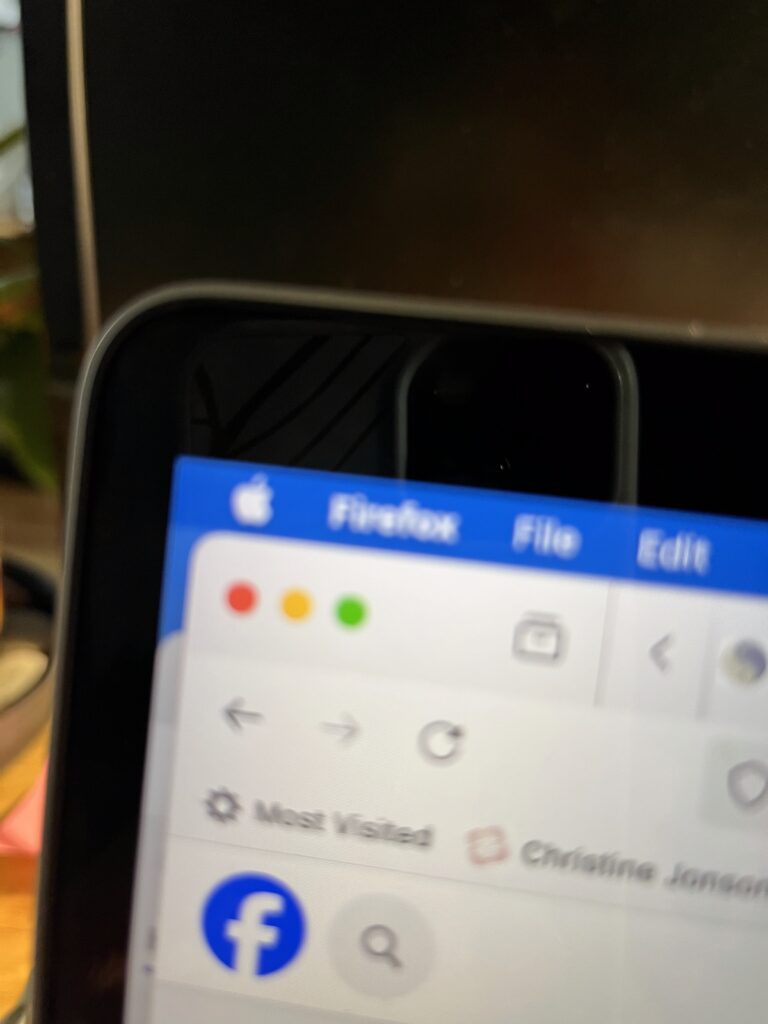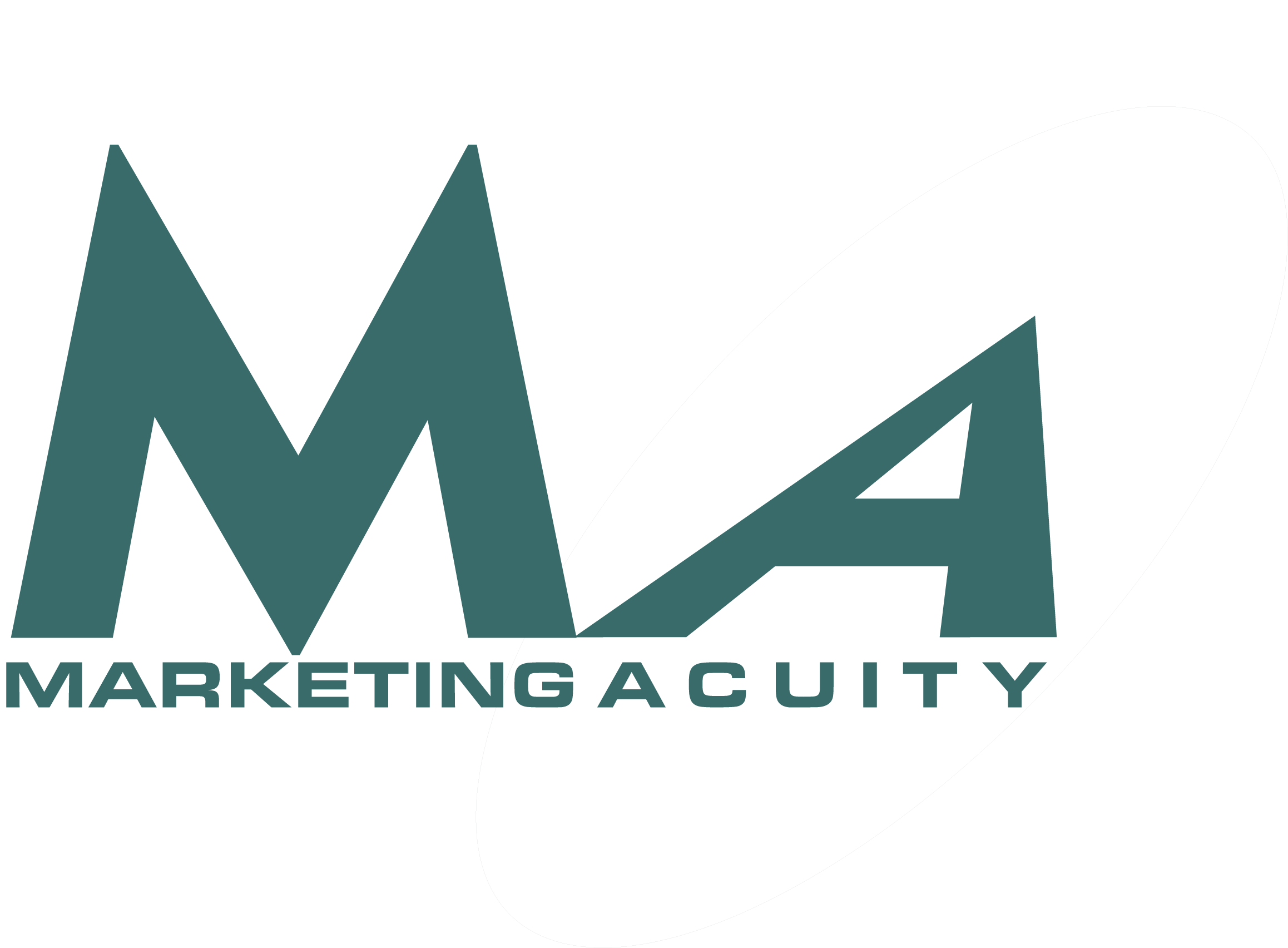It’s 2025, Meta has just announced AI bots, and removal of content moderation with “expect more harmful content” as an explicit warning from Zuck. WTH! What should businesses do NOW?
Meta owns Instagram, Threads, Facebook, Messenger. These are all platforms YOU use for your business. I do too.

Linkedin is owned by Microsoft, YouTube by Alphabet, TikTok by the Chinese (and might still be banned because Zuck doesn’t want competitors), and let’s not even talk about X, which you should have left a long time ago as a business (I warned us all waaaay back when.) We saw what happened with X – proliferation of p*rn, of unmoderated comments and posts left advertisers afraid to align their brands with unsavory content, and most left. This made the platform even worse for average users, and they left. When the customers and the people paying the bills leave, there’s not much left.
What do you do now? As a small business, I also derive a lot of my business from my interactions in private groups on Facebook. And for my commerce businesses, I rely on Google search. You rely on Instagram, Facebook groups, community groups and more to build your business too. But if the platforms are flooded with AI (and don’t think the recent pullback is real – they’re just going to release it quietly next time) bots who don’t buy anything, and if none of your customers (or mine) are on these platforms, where do we go from there?
Well, we could choose Linkedin for professional services but it won’t do much for retail small business. Bluesky is nascent and growing but it’s twitter-like feel means it’s harder for small businesses to keep up (the firehose of content of that type of platform is hard for customers to even follow.)
- You do have your email list
- Stay on platforms but begin asking customers if they are on them too
- Branch out into Bluesky and other platforms like YouTube and Pinterest
Let’s dive into each of these:
Your email list. Yes I know, but dang, it’s been around for us for three decades. When asking customers to sign up, TELL them your publishing schedule “every week, expect an email from us with new products, a special opportunity or two, and we generally publish on Fridays”. Then, they can go look for it. I even have published a “how to find all the cool stuff in your email inbox” periodically in my emails. You can search by topic – so if you’re in the sewing business, make sure sewing appears regularly in your email subject line, and the body of your email so customers can search by that topic. Whatever business you’re in, use those words, (think of them as hashtags without the hash) so your clients can find your email in their inbox.
Survey your customers (via email, but also via social): what platforms do YOU use most? You can do a survey (like SurveyMonkey), a poll on social media, a “reply and tell us” on your email. You want to spend time where THEY are going, and periodically ask them “are you still there?” The algorithm exists because not only was it too much to see posts from everyone we ever liked or followed, but social companies created them to filter content toward what made THEM money (your eyeballs on their advertisers’ content). It was never designed to show you all your friends’ posts (except initially before it was monetized.)
Dip your toe into at least one other platform – YouTube, Pinterest or Bluesky. Create a plan of what you’ll post, how often, and let your customers know you are on that platform too (regularly, and often, from your email, and other platforms. But do be careful, use the term video platform, not YouTube (Meta will downgrade these posts on their platforms if it sees the competitor’s terms used.) I’ve also seen people use Tube (but not “YT” which is increasingly being used as a stand in for “white” (as in, the media is full of YT newscasters”)
Put stuff up on your website~ those fun short videos showcasing products? Contests or promotions? All the things you record for other social media, put all those videos up on your website too, in a dedicated section. Even easier, you can use an integrated feeder plugin that feeds your videos to your site automatically. It’s very simple to do this on most websites, and your Shorts and videos will appear automatically. Or you can embed them into blog posts very easily (copy the share URL, paste to embed.)
Keep your email list hyper up to date. Every customer, every sale, every inquiry, every new project. Make sure it’s automatically set to add someone if they purchase something, and if they inquire off your website, be sure to add them to your list on it as soon as you can.
As your customers migrate, you go where they go. If they are over on Bluesky, go there, if they are on Substack, go there. If they’re happy to keep connecting on Threads or Instagram, stay where you are.
YouTube has the same “shorts” as reels – and among gen Z and alpha, this is the most popular platform for consuming all types of content. Long form video (vlogs, podcast, how to) lends itself to evergreen content. While Instagram is also popular, nobody in GenZ (and few Millennials) are on Facebook.
Video content is going to drive content creation in part because it’s more immune to AI. While AI video exists, it’s generally not personalized and when you can produce personalized content (featuring you, your business, your products, your staff, your ideas) that will be rewarded by users.
Right now, the watchword is “monitor and expand” – expand into another platform you don’t spend a lot of time on, (YouTube, Bluesky, etc.) and monitor the ones you ARE on. If bots become overwhelming, or the algorithm stops delivering even more than it’s not delivering now, it’s time to reduce time on that platform.
Remember, things come and go – and something new will replace what we use now and we’ll hardly remember why we did what we did back when.




